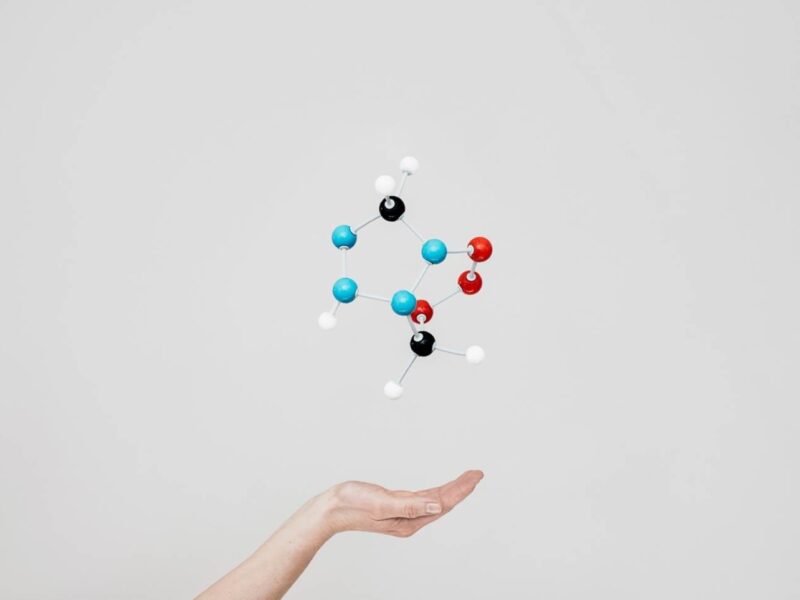Nvidia issued its anticipated raft of news at CES this week, here’s an overview of announcements for the HPC-AI sector:
‘Mega’ Omniverse Blueprint for Industrial Robot Fleet Digital Twins
The company said Mega is an omniverse framework for next-gen industrial AI and robot simulation through software-defined testing and optimization of factories and warehouses.
Citing facts and figures – there are 10 million factories, nearly 200,000 warehouses and 40 million miles of highways – the company said this vast industrial network of production facilities and distribution centers is still laboriously and manually designed, operated and optimized.
Mega is a blueprint designed for developing, testing and optimizing physical AI and robot fleets at scale in a digital twin before deployment into real-world facilities. This is for advanced warehouses and factories that use fleets of autonomous mobile robots, robotic arm manipulators and humanoids working alongside people.
Nvidia said Mega offers a reference architecture of accelerated computing, AI, Nvidia Isaac and Nvidia Omniverse technologies for developing and testing digital twins for AI-powered robot brains that drive robots, video analytics AI agents, equipment and more for handling enormous complexity and scale. The new framework brings software-defined capabilities to physical facilities, enabling continuous development, testing, optimization and deployment.
Nvidia Omniverse with Generative Physical AI
Nvidia announced generative AI models and blueprints that expand its Omniverse integration into physical AI applications, such as robotics, autonomous vehicles and vision AI.
The company said Accenture, Altair, Ansys, Cadence, Foretellix, Microsoft and Neural Concept are among the first to integrate Omniverse into their software products and services. Industrial automation company Siemens also announced the availability of Teamcenter Digital Reality Viewer — the first Siemens Xcelerator application powered by NVIDIA Omniverse libraries.
“Physical AI will revolutionize the $50 trillion manufacturing and logistics industries. Everything that moves — from cars and trucks to factories and warehouses — will be robotic and embodied by AI,” said Jensen Huang, founder and CEO at NVIDIA. “NVIDIA’s Omniverse digital twin operating system and Cosmos physical AI serve as the foundational libraries for digitalizing the world’s physical industries.”
Nvidia said the USD Code and USD Search NVIDIA NIM microservices are now generally available, they are designed to let developers use text prompts to generate or search for OpenUSD assets. A new NVIDIA Edify SimReady generative AI model unveiled today can automatically label existing 3D assets with attributes like physics or materials, enabling developers to process 1,000 3D objects in minutes instead of over 40 hours manually, according to the company.
Project DIGITS With Grace Blackwell 10 Superchip Debuts as AI Supercomputer
Nvidia announced Project DIGITS, which the company called a personal AI supercomputer designed to provide AI researchers, data scientists and students access to Grace Blackwell platform, announced last March at the company’s GTC conference.
Project DIGITS offers a petaflop of GB10 Superchip computing performance for prototyping, fine-tuning and running large AI models. The company said users can develop and run inference on models using their desktop system, then deploy the models on accelerated cloud or data center infrastructure.
The company said Project DIGITS delivers GB10 performance using only a standard electrical outlet. Each Project DIGITS features 128GB of unified, coherent memory and up to 4TB of NVMe storage. With the supercomputer, developers can run up to 200-billion-parameter large language models. In addition, using Nvidia ConnectX networking, two Project DIGITS AI supercomputers can be linked to run up to 405-billion-parameter models.
Cosmos World Foundation Model Platform for Physical AI Development
Nvidia announced Cosmos, a platform comprised of generative foundation models, tokenizers, guardrails and an accelerated video processing pipeline built for development of physical AI systems such as autonomous vehicles (AVs) and robots.
Cosmos models will be available under an open model license to help accelerate the work of the robotics and AV community. Developers can preview the first models on the NVIDIA API catalog, or download the family of models and fine-tuning framework from the NVIDIA NGC catalog or Hugging Face.
Robotics and automotive companies, including 1X, Agile Robots, Agility, Figure AI, Foretellix, Fourier, Galbot, Hillbot, IntBot, Neura Robotics, Skild AI, Virtual Incision, Waabi and XPENG, along with ridesharing giant Uber, are among the first to adopt Cosmos.
“The ChatGPT moment for robotics is coming. Like large language models, world foundation models are fundamental to advancing robot and AV development, yet not all developers have the expertise and resources to train their own,” said Huang. “We created Cosmos to democratize physical AI and put general robotics in reach of every developer.”
All Nvidia CES-related announcements and blogs can be found here.

